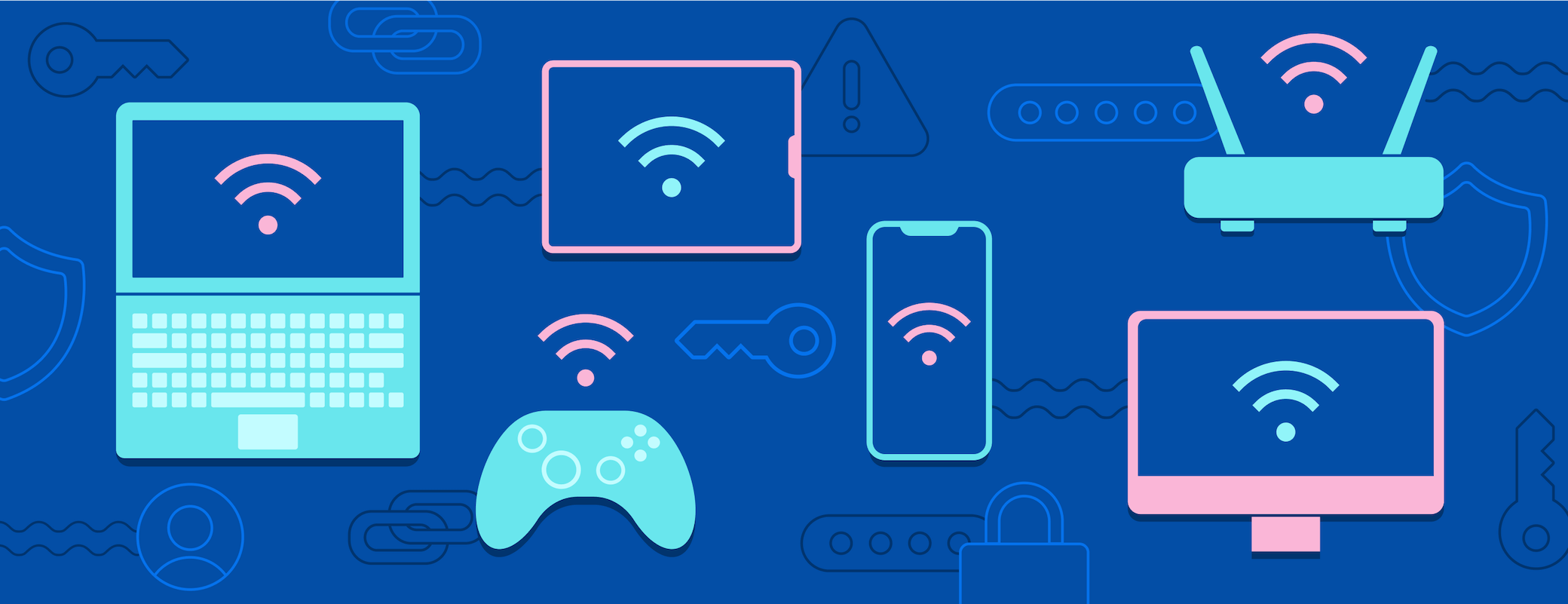
Securing your home Wi-Fi network is as important as locking your front door in the digital era. With a variety of devices connected to your home network, from PCs to smart TVs, it’s critical to protect your digital doorway from invaders. An insecure Wi-Fi network can be used by thieves to steal personal information and disturb your digital life. Also, make sure to check out the guide on How to use the Deep Web and the Dark Web.
Reader’s Walkthrough
Understanding Your Home Wi-Fi Network:
A Wi-Fi network serves as your wireless internet connection. Without sufficient security measures, anyone within range of your connection can exploit it, potentially gaining access to your personal data and even exploiting your network for criminal purposes.
Steps to Securing Your Wi-Fi Network:
Encrypt Your Network:
Encryption functions similarly to a secret code that only your device and router understand. Change the encryption settings on your router to WPA3 or WPA2. This scrambles the data sent across your network, making it more difficult for others to eavesdrop. Also, make sure to check out the guide on How to Defend Your iPhone, Android, and Windows from attacks (Flipper Zero).
Change the Router’s Default Settings:
The default network settings are a hacker’s paradise. Change the administrative username, password, and network name (SSID) to something distinct and non-personal.
Regularly Update Your Router:
Your router, like your smartphone, requires updates. Check for firmware updates on a regular basis to address security flaws.
Turn Off Unnecessary Features:
Features such as remote management, WPS, and UPnP may be convenient, but they can also provide entry points for hackers. Disable these to improve network security.
Create a Guest Network:
Set up a second Wi-Fi network for guests. This restricts their access to your principal network, lowering the likelihood of malware spreading from their devices.
Extra Security Measures:
Strong Passwords and Frequent Changes: Create complicated passwords for your Wi-Fi network and change them on a regular basis. Avoid using the same password on several devices.
Activate Router Firewall:
A firewall monitors and blocks incoming and outgoing network traffic. Make sure your router’s firewall is turned on for an extra layer of security.
Protect Your Devices:
Encrypt all network-connected devices. Install antivirus software and keep all devices up to date to avoid them being the weakest link in your network’s security.
Considerations for Physical Security:
Don’t overlook the physical parts of your network. Make certain that gadgets such as exterior cameras and Wi-Fi extenders are safe and out of reach of prospective intruders.
Advanced Hint: Use VPNs:
When accessing your network remotely, a Virtual Private Network (VPN) gives an added degree of security. It encrypts your internet traffic, ensuring the privacy and security of your online activity.
Finally, securing your home Wi-Fi network does not have to be a difficult effort. By following these easy yet effective measures, you can build a digital fortress that protects your personal information while also ensuring a smooth and uninterrupted internet experience. Also, make sure to check out the guide on How to find your BitLocker recovery key and Secure Your BitLocker Recovery






